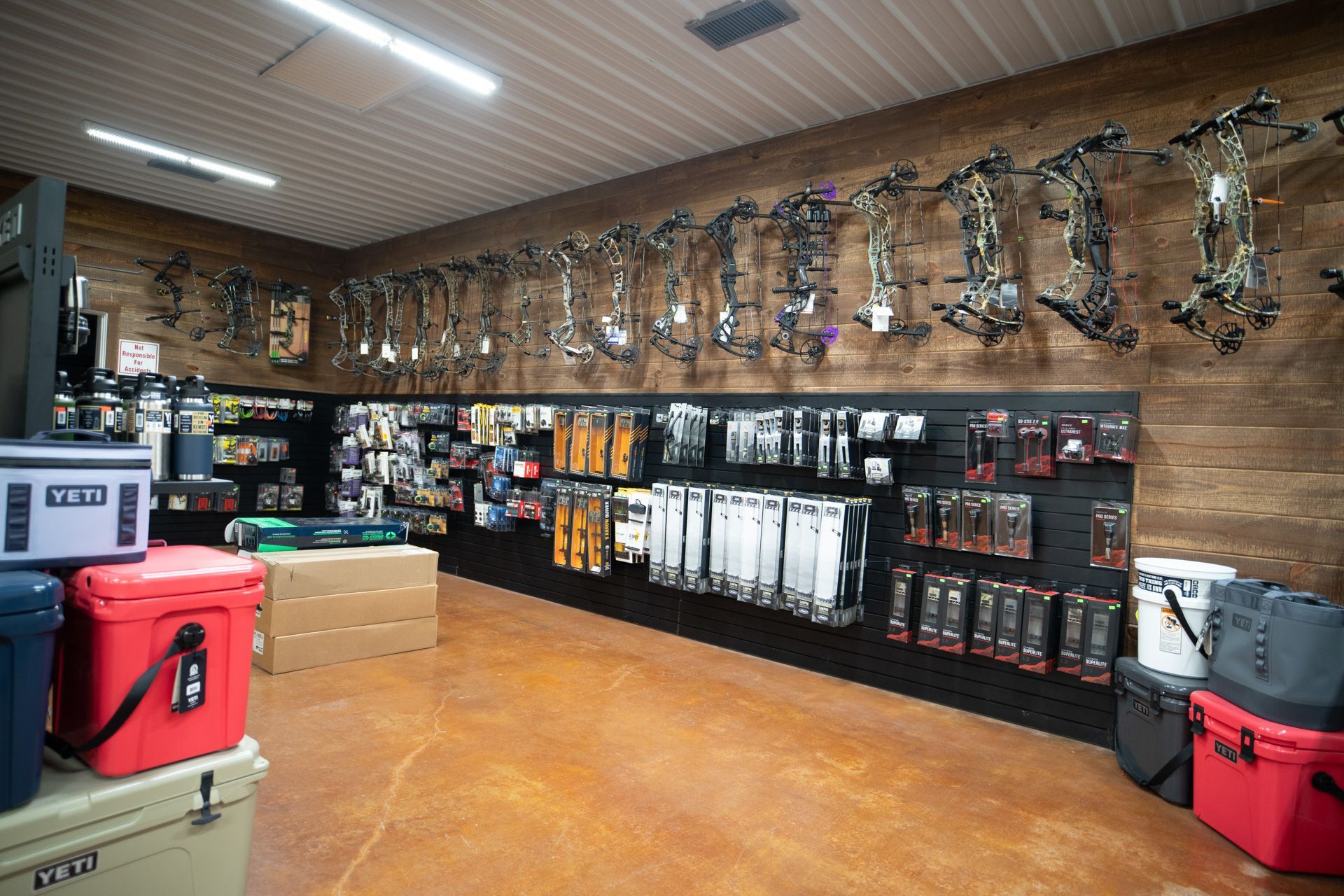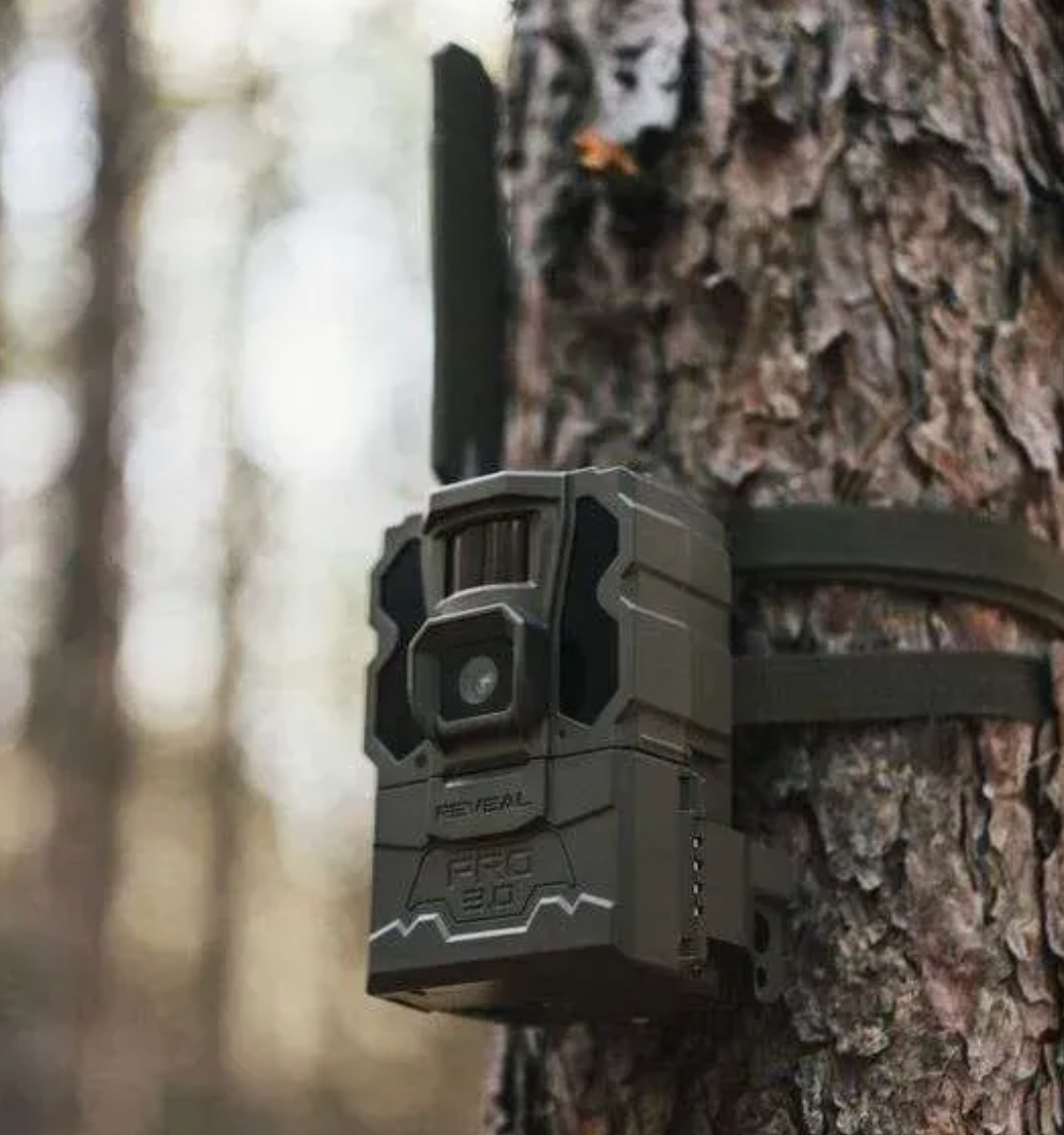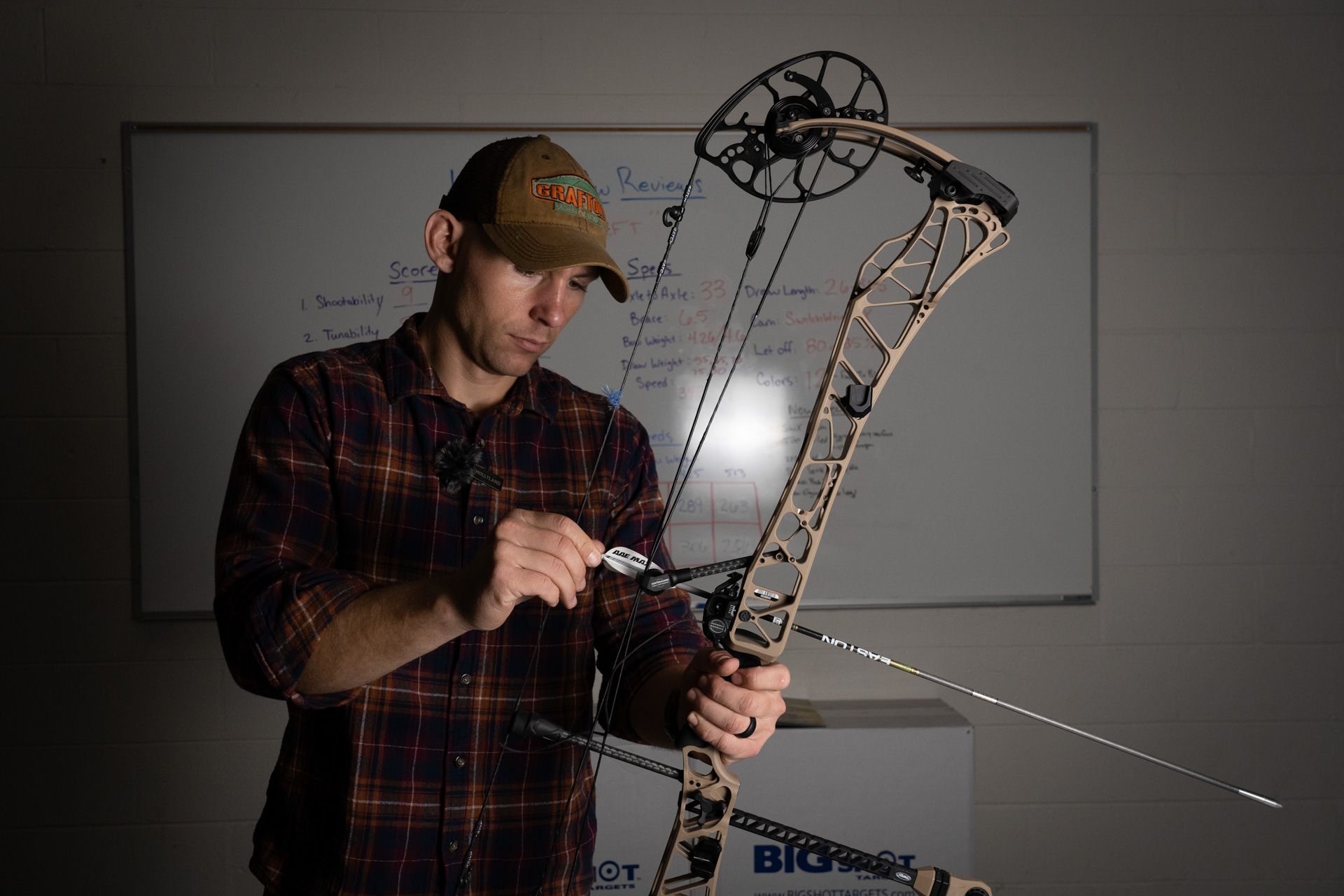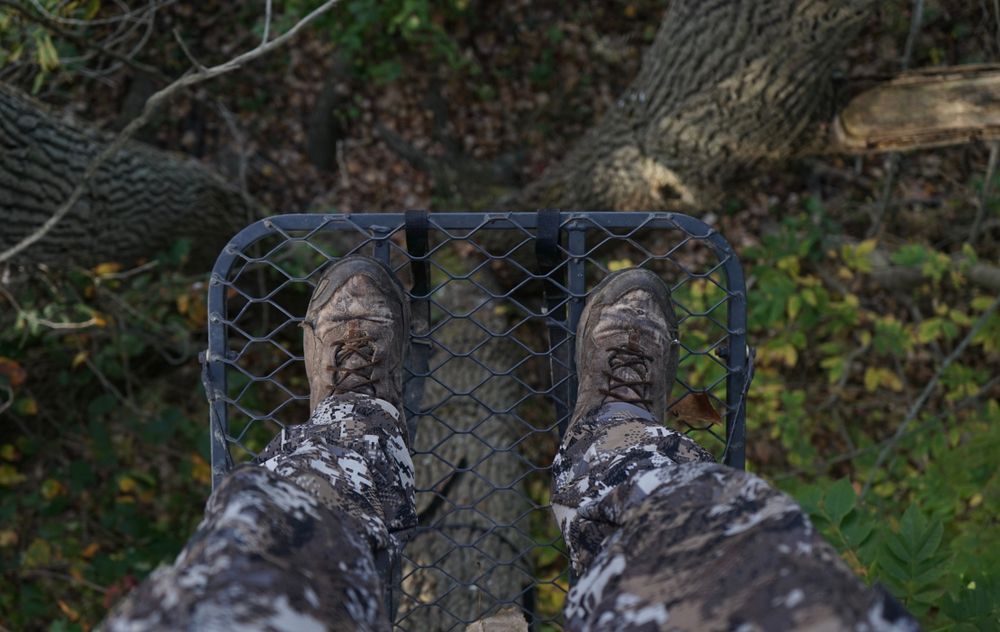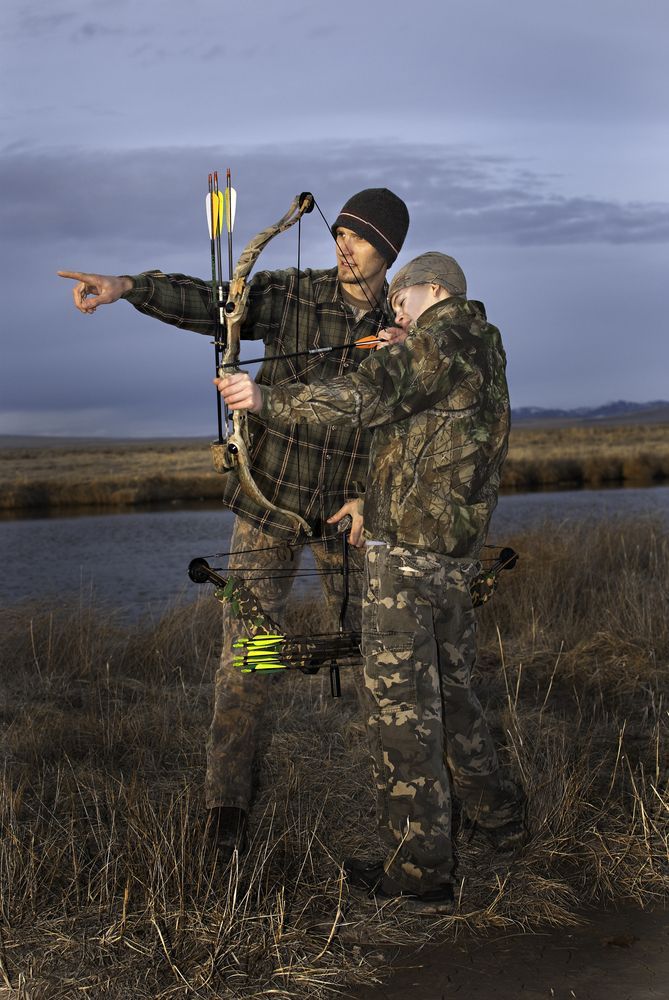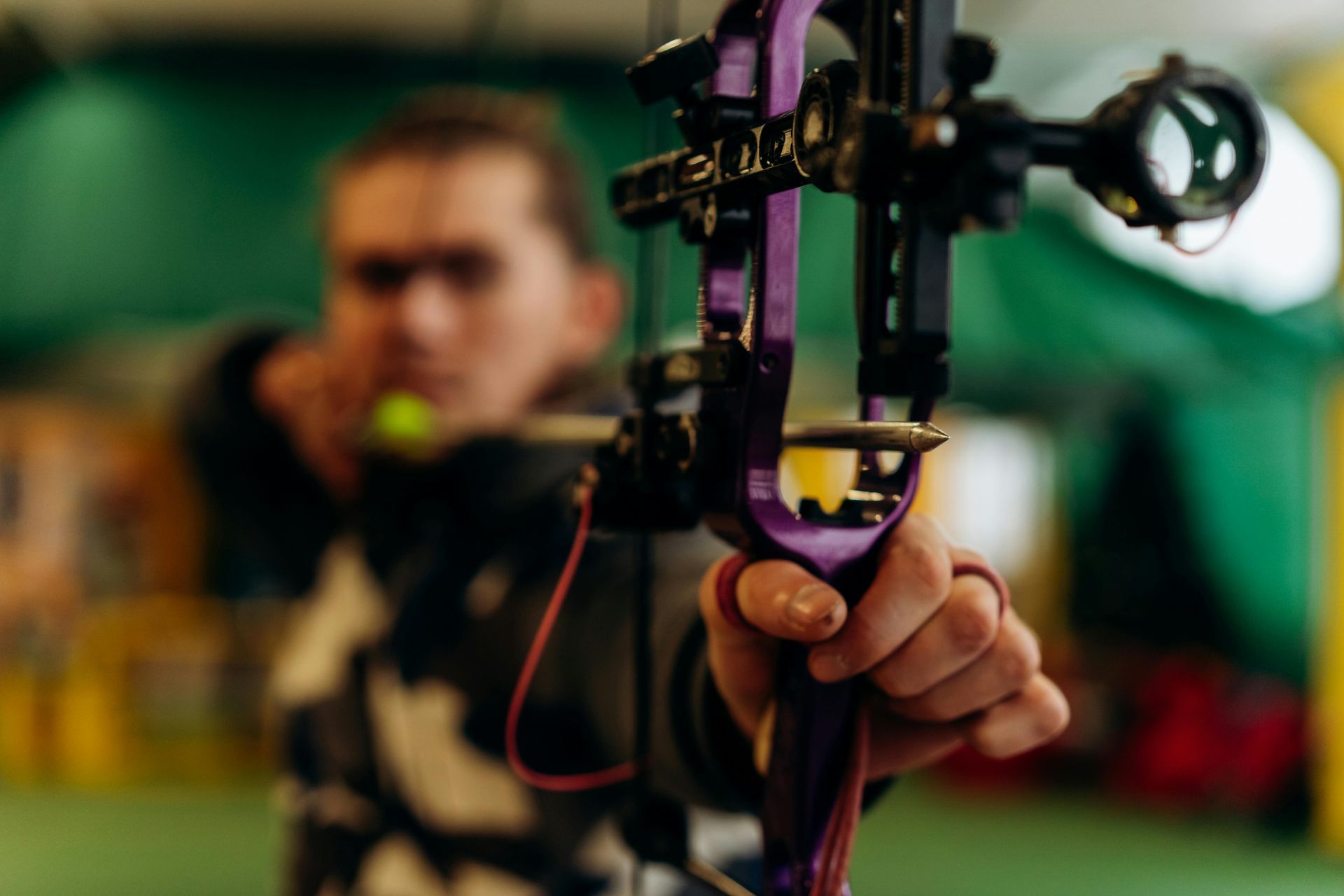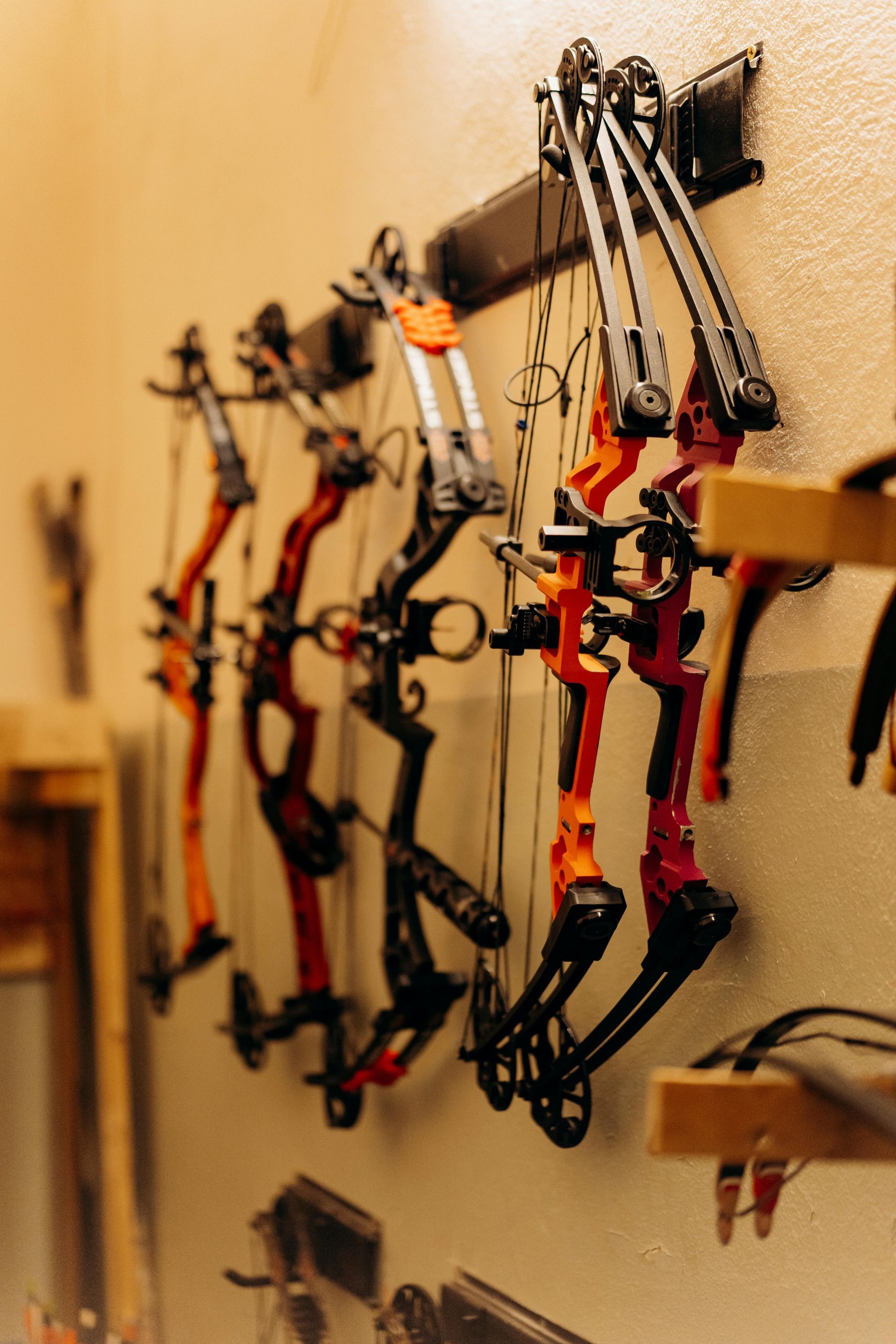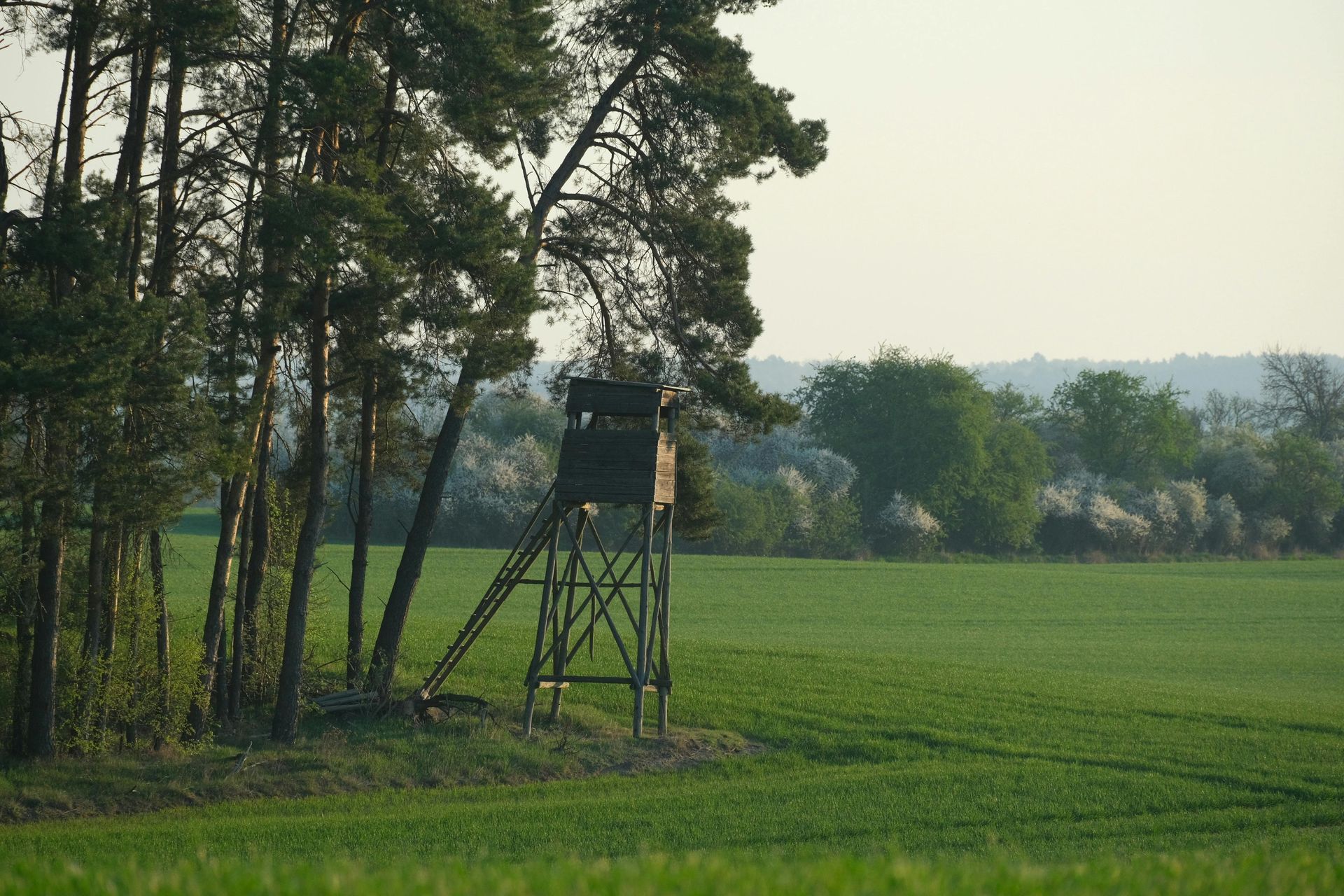Essential Gear Every Bowhunter Should Pack Before the Season Starts
Grafton Archery & Outdoors
When bow season is right around the corner, the focus is usually on tuning your bow and scouting your spots. But seasoned hunters know that success in the field often comes down to preparation. Having the right gear in your pack can make the difference between a smooth day in the woods and one full of avoidable setbacks.
At Grafton Archery & Outdoors, we work with hunters getting ready for the season every year. Some come in for new broadheads, others for trail cameras or backup releases. What they all have in common is the need for reliable equipment that helps them stay focused and ready in the field. This guide walks through the core pieces of gear every bowhunter should consider packing, whether you’re new to the hunt or getting ready for your fifteenth season.
Let’s start with what you carry to and from the stand or blind. Your daypack is more than just a place to stash snacks and water. It’s where your tools, backups, and essentials live. Think of it as your mobile basecamp. A solid hunting pack should be durable, quiet, and comfortable. It should also keep gear organized so you’re not fumbling when the moment comes.
Trail Cameras and Scouting Tools
While not something you carry into the field on the day of the hunt, trail cameras are a must-have leading up to the season. They help you understand animal patterns, movement times, and overall activity in your area. Knowing where and when deer are moving can inform your stand setup, timing, and even which entry routes you use.
Modern trail cameras offer high-resolution images, video, and even cellular connectivity. Having more eyes in the woods helps you make smarter decisions without needing to be there around the clock. At Grafton, we carry trusted brands that perform well in all conditions. Paired with lithium batteries and large-capacity SD cards, you can leave them in place for weeks with confidence.
Broadheads and Arrows
Your arrow setup is at the heart of your hunt. And while your bow gets a lot of attention, it’s the arrow and broadhead that do the actual work. You’ll want to carry a few arrows fitted with hunting broadheads and a couple with field points for warm-up shots or quick practice before the hunt.
There are fixed-blade and mechanical broadheads, each with their own advantages. Fixed blades are durable and dependable, while mechanicals tend to offer larger cutting diameters and fly more like field points. It comes down to what your bow shoots well and what you’re confident using. Always inspect your broadheads before each hunt. Make sure they are sharp, intact, and seated properly.
It’s also smart to carry a small broadhead wrench or tightening tool in your pack. These don’t take up much space and can save you a lot of trouble if anything loosens up in transit.
Release Aids
If you shoot a compound bow, your release aid is one of the most personal pieces of gear you use. It controls the moment of truth. There are several types, including wrist-strap index releases, thumb releases, and hinge-style releases. Find what feels right to you and practice with it well before season starts.
It’s also a good idea to carry a backup release in your pack. Accidents happen. Straps break. Clips get lost. A second release tucked in a zippered pocket means you’re not packing up and heading home if something goes wrong.
Bow Tools and Maintenance Gear
A few small tools can go a long way in the field. A portable bow tool kit with Allen wrenches, string wax, and nocking pliers can help with everything from tightening a loose sight to cleaning up a frayed string loop.
String wax should be a regular part of your bow maintenance routine, especially in humid or rainy conditions. A little bit of wax keeps your string from drying out and helps extend its life. Small bottles of oil or scent-free lubricant can also be helpful for keeping moving parts like cams or rest hinges operating smoothly.
Binoculars or Rangefinders
Good optics help you make better decisions. A compact pair of binoculars lets you scan the woods quietly without shifting your position too much. A rangefinder, on the other hand, gives you the confidence of knowing exact distances before you draw. Most modern rangefinders are lightweight and offer quick one-handed use. Many even compensate for angle, which is useful in treestand situations.
If you’re new to bowhunting, understanding the exact distance to your target is critical. Arrows drop fast, and knowing whether that deer is at 25 yards or 32 yards can mean the difference between a clean shot and a miss.
Scent Control Items
Every hunter has their own opinion on scent control, but keeping scent to a minimum is smart regardless of your approach. You might carry scent-free wipes, wind checkers, or even a small bottle of cover scent in your bag.
Even more important is scent control for your clothing and gear. Using scent-free detergents and storing your clothes in sealed containers or scent bags can help reduce your impact before you even step into the woods.
Safety Harness and Lifeline
If you hunt from a treestand, never leave home without a full-body safety harness. Your feet should never leave the ground unless you're clipped in. Too many accidents happen each year because hunters skip this step.
A safety harness paired with a lifeline gives you protection from the time you leave the ground until you're back down. Look for harnesses that are comfortable, easy to adjust, and quiet. Practice using them before opening day to make sure everything fits and functions properly.
Flashlights and Headlamps
Getting to your stand in the dark and coming out after sunset both require a reliable light source. A headlamp keeps your hands free and allows you to stay on the trail while carrying gear or your bow. Look for lights with red or green settings to minimize your presence and avoid spooking nearby game.
Pack extra batteries or a small power bank to recharge if needed. It’s one of those items you’ll forget about until it dies right when you need it most.
Clothing and Weather Protection
Always pack for conditions that can change. Even if the forecast calls for a clear day, things can turn fast. A light rain jacket, a thermal layer, or even a dry pair of socks can keep you comfortable enough to stay in the woods longer.
In the early season, you may want insect repellent or a bug net. Later in the fall, you’ll want gloves and insulated layers that don’t interfere with your draw. Layering gives you the most flexibility, and quiet materials help you stay undetected.
Snacks, Water, and Extras
This may seem obvious, but it’s easy to forget. Staying hydrated and keeping your energy up helps you stay sharp. Throw in a couple of high-protein snacks and a water bottle or hydration pack. You can also keep electrolyte mixes or energy chews in your bag without taking up much space.
Consider extras like game calls, wind indicators, flagging tape for marking trails, and a notepad or app to track activity. All of these small items add up to a more efficient and prepared day in the woods.
The point of all this gear is not to weigh you down. It’s to give you confidence. When you have the right tools in your pack, you’re able to focus on the hunt instead of the what-ifs.
At Grafton Archery & Outdoors, we help bowhunters get outfitted with the gear they actually need. Whether you’re starting fresh or just topping off your kit, we’re here to talk through what works and help you get your pack ready for the season. The woods will be waiting. Your gear should be too.
